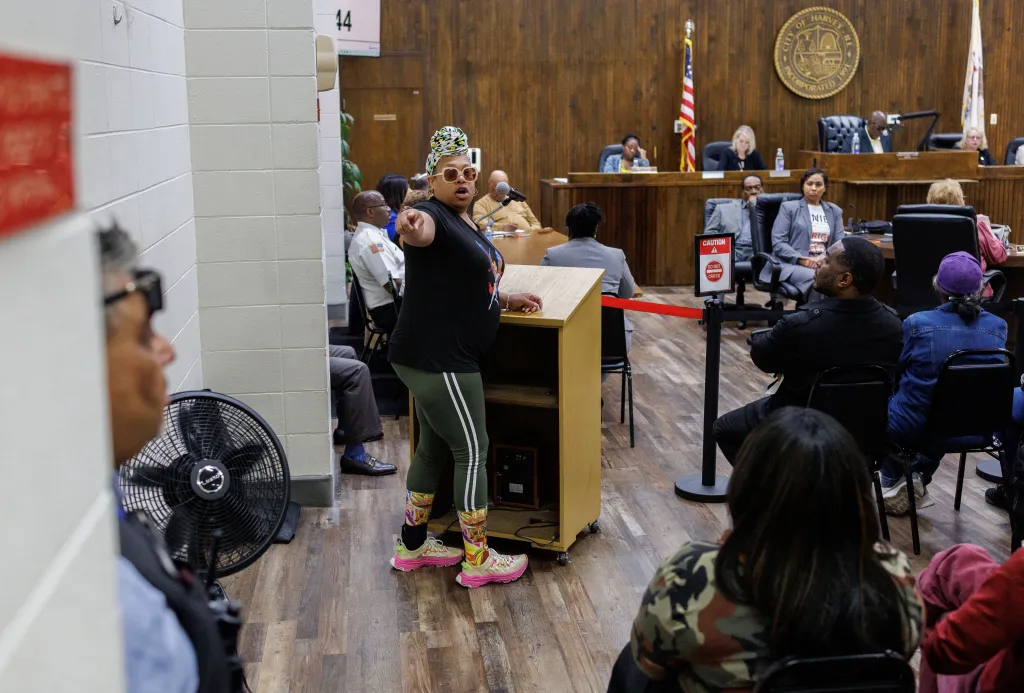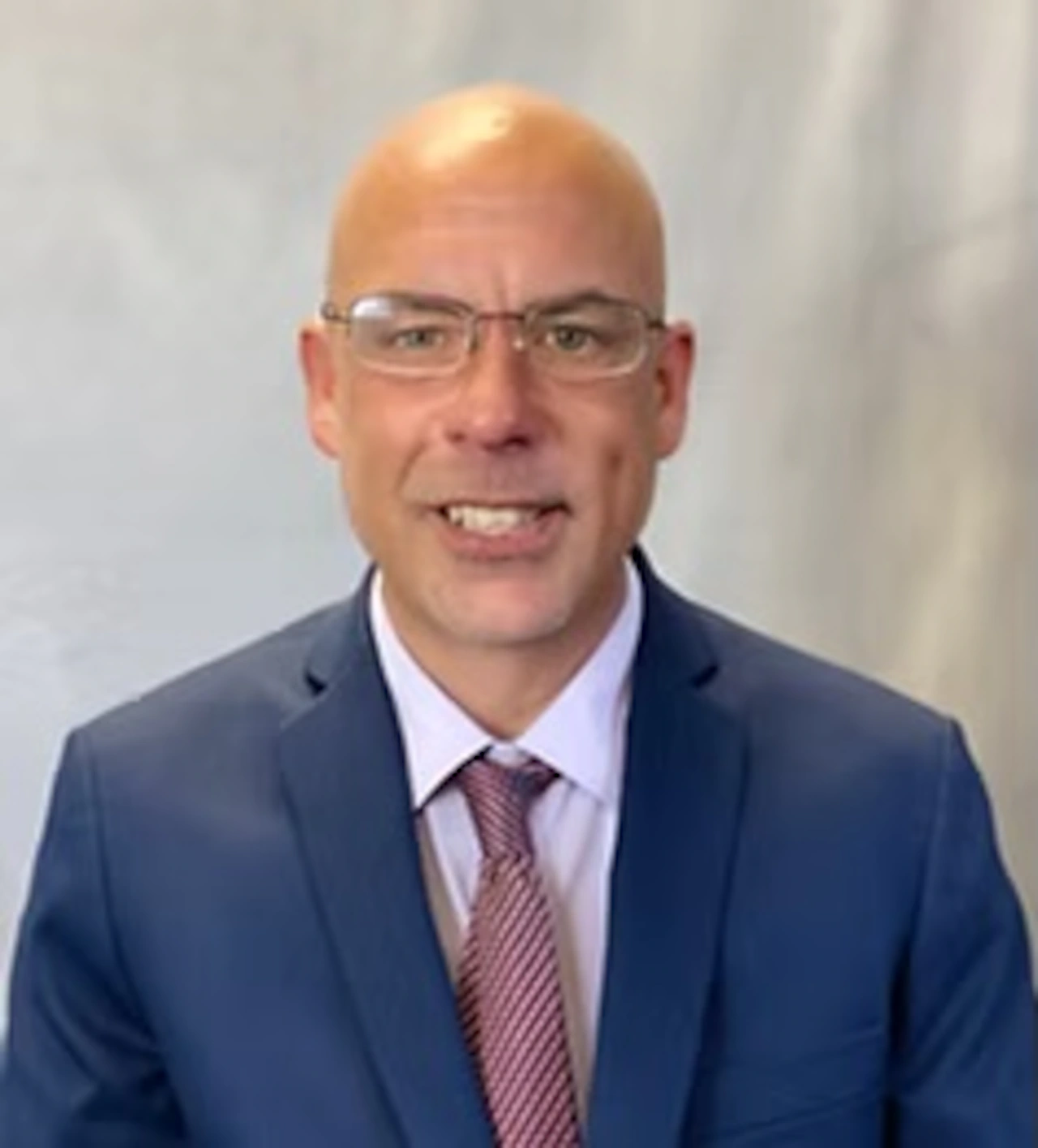Copyright Resilience

The following is an excerpt from The Art of Radical Listening: Revealing Collective Wisdom for Change (self-published) and is printed with permission from the authors. It is a story of the partnerships between Health In Harmony, an international nonprofit that works in the intersection of human and planetary health, and local and Indigenous communities around the world – to preserve rainforest health and improve human health. The book invites us to imagine ways we can strengthen all our community partnerships and offers skills to create a new world through the art of Radical Listening. You can learn more about Health In Harmony by visiting their website. ******** How do I listen to others? As if everyone were my Beloved, and speaking to me her cherished last words.– Hafiz, trans. Daniel Landinsky, The Gift Radical Listening: A Dream The story of Radical Listening is a story of curiosity and openheartedness. Kinari Webb was twenty-one years old. It was the summer of 1993, she was an undergraduate at Reed College, and she was in Gunung Palung National Park, Kalimantan (Borneo), where she had traveled as a research assistant and camp manager to spend a year studying and following orangutans living in the rainforest. Webb could hear the chainsaws around her in the forest. All the time. And when the giant, sacred trees fell, it was like a small earthquake, the impact of a twenty-two-story building crashing down. Her initial response was one of judgment: How can these people possibly be doing this? Why are they felling these trees that are so essential for the ecosystem? Why are they destroying the rainforest? But as she began really listening to the twelve research assistants on her team, who were all from the local communities, and talking to the villagers, she began to understand the complexity of the problem. These people weren’t irresponsible or unintelligent. They had no other choice. What was the primary thing backing them into this desperate corner? Lack of good, affordable health care. If someone in their families got sick or had an accident, they had to travel great distances to reach a clinic—and then they paid exorbitantly, often racking up unmanageable debt. Logging, albeit illegal, provided quick, ready cash for such emergencies. The health of the human beings was precarious. The health of the rainforest was precarious. And they were inextricable. At this point, a seed was planted in Webb: return home, go to medical school, and come back to Indonesia to work at the intersection of human and environmental health. In 2002, she graduated from Yale Medical School, and in her final year of residency in Contra Costa County, California, she began searching for a way to return to Indonesia to fulfill her dream. Then in the early morning hours of December 26, 2004, an earthquake rumbled deep in the Indian Ocean and a giant and devastating tsunami crashed onto the beaches in the province of Aceh on the island of Sumatra. Dr. Webb knew immediately that she needed to return to Indonesia to assist in the relief effort. But when she got there, she was astonished and dismayed at what she found. Here is Dr. Webb’s own description of what she encountered in Aceh: Every single major NGO you have ever heard of in the world was in Aceh, and more money had been donated for tsunami relief than had ever been donated for any event in all of human history. I mean, there were millions and millions and millions of dollars. And there we were to provide health care. But health care was questionably needed. Let’s put it this way: either you were in the wave and died, or you were not in the wave, and you were fine. There was a huge amount of psychological trauma that needed to be addressed, but this was not the focus of the health care provided by the NGOs. Yet they kept insisting, “We know what to do. We know how to deal with crisis.” Increasingly, I realized they didn’t… One day at a coordination meeting, a very small nonprofit shared what the communities were telling them: Thank you very much for the health care, the villagers were saying. But we really don’t need it. And thank you for the tents. That’s great. And the fact that you want to build our housing, okay, that’s kind. But what we really need to do is to clear our rice fields. Because if we don’t clear our rice fields, we can’t plant, and then in three months we’re going to be starving. We appreciate that you’re giving us rice right now, but that’s going to run out. And we would like to be independent like we’ve always been. We need help clearing our rice fields of the debris the tsunami washed in from the ocean. And the remnants of buildings. And the dead bodies. Will you help us? Despite the gravity of the request, it was a comical moment. There was this entire room filled with NGOs representing tens of millions of dollars that had all been donated to help these communities. They all just sat there, saying, “We don’t do that. We don’t clear rice fields. We give rice and we offer health care.” I was horrified. I thought to myself: this is how these NGOs operate? I realized that they didn’t really care what the community said, and often they didn’t even bother to try to listen. The Birth of Health In Harmony & Alam Sehat Lestari (ASRI) When she returned home, Dr. Webb was in shock. But still fighting for her dream, she teamed up with an old friend from Reed College, Julia Riseman. Together they created the organization that is now known as Health In Harmony, an international nonprofit that works at the intersection of human and environmental health, specifically rainforest preservation. In its early years, while Ms. Riseman ran the fledgling organization out of her home office as a volunteer, Dr. Webb returned to Indonesia and spent a year traveling, talking to people living in remote villages, and listening. What she discovered was consistent with what she had learned in those first days in the rainforest as an undergraduate student listening to her fellow research assistants: the need for health care was an enormous driver of ecosystem destruction, whether it was bombing coral reefs or gold mining or logging. In addition, she found that there was tremendous consistency about what people were experiencing in any given region, and what they understood the solutions to be. Eventually Dr. Webb decided that Gunung Palung National Park was the best fit for her work. There was forest there that could still be saved, there were enormous health care needs, and the government was supportive. So she and her Indonesian team returned to Gunung Palung and began a time of structured listening. They visited every village around the park and organized formal meetings in each community. In total, they spent over 400 hours organizing and listening. They began every formal meeting with a statement: You are guardians of this precious rainforest that is valuable to the whole world. And then a question: What would you need as a thank you from the world community so that you could protect it and thrive yourselves? All around the park, even in the most remote villages—which were not in contact with others—the solutions were the same: We need access to good and affordable health care. We need to learn organic farming. We’ve heard there is a way to farm without slashing and burning, and without expensive fertilizers that we cannot afford. We must learn this. To meet these needs, Dr. Webb and her team formed an Indonesian sister nonprofit called Alam Sehat Lestari (ASRI),1 and together with Health In Harmony, they helped implement the villagers’ solutions. They built a clinic in the small town of Sukadana that operates on an innovative green credit system. Everyone can barter goods for services, and communities that are reducing illegal logging receive deep discounts. The villagers designed a system of Forest Guardians who work with illegal loggers (many of whom are their friends and family) to put down their chainsaws, monitor logging in the park, and spread awareness of all the ways ASRI assists people who want to make a change. ASRI created an organic garden at the clinic and began offering training in organic farming. They started a Goats for Widows program to provide vulnerable families with an additional source of income, and also to produce manure to use as fertilizer for their organic farming. They empowered women through a program called Kitchen Gardens, which teaches them how to cultivate the small plots of land they manage next to their homes. This program has increased food security, decreased the need to clear forested land, and has helped break economic dependence on the illegal timber trade. Wanting to reach the next generation, ASRI Kids was born. Through an innovative curriculum, this program educates elementary school children about the importance of protecting the rainforest, and offers education on a variety of planetary health topics ranging from nutritious eating and hand washing to wildlife, ecosystems, and sustainable living. Finally, ASRI initiated a Chainsaw Buyback program. This program focuses on transforming the life circumstances of the last few remaining loggers, those who are completely dependent on logging and know no other way of making a living. In exchange for their chainsaws, these loggers and their families receive seed money, mentoring, and business planning assistance from ASRI staff. They receive everything they need to successfully transition from illegal logging to small business entrepreneurship. All of this began and was implemented step by careful step with listening—what Dr. Webb now calls Radical Listening. Sitting with the people who live around Gunung Palung National Park, asking them what they would need as a thank you from the world community to protect the rainforest, and then fully listening to their responses led to a blueprint for health care and conservation programs that actually work in harmony with each other. Continuing to listen allowed ASRI, Health In Harmony, and local community members to implement the solutions the villagers wanted and knew would work. These days when Dr. Webb works at the clinic in Sukadana, people walk up to her and say, Wow, when I designed this program, I did such a good job! This simple statement indicates a valuable sense of ownership of and pride in the program. The villagers spoke their truth and someone listened. And then, supported by a gift from the global community—a thank you for protecting the rainforest—they designed and implemented programs that bring human life into harmony with the precious ecosystem of which they are a part. One of the village chiefs near Sukadana recently gave a speech, and in it he said boldly: “We are the Pathfinders for where the world needs to go, and now we want to teach the world!” Notes to Introduction Alam Sehat Lestari translates to “healthy nature everlasting.” ASRI means “harmoniously balanced,” for short. Teaser image credit: Widow with goat. Author supplied.



